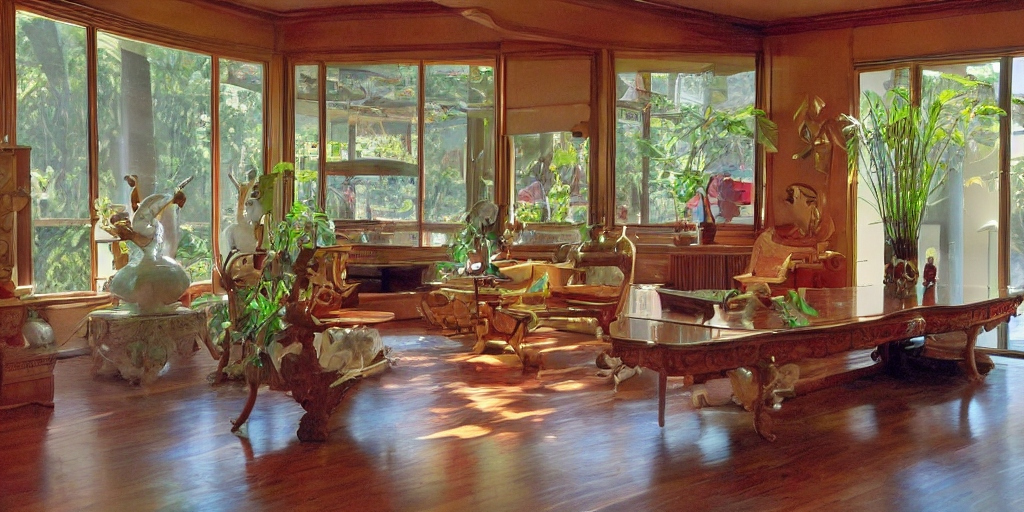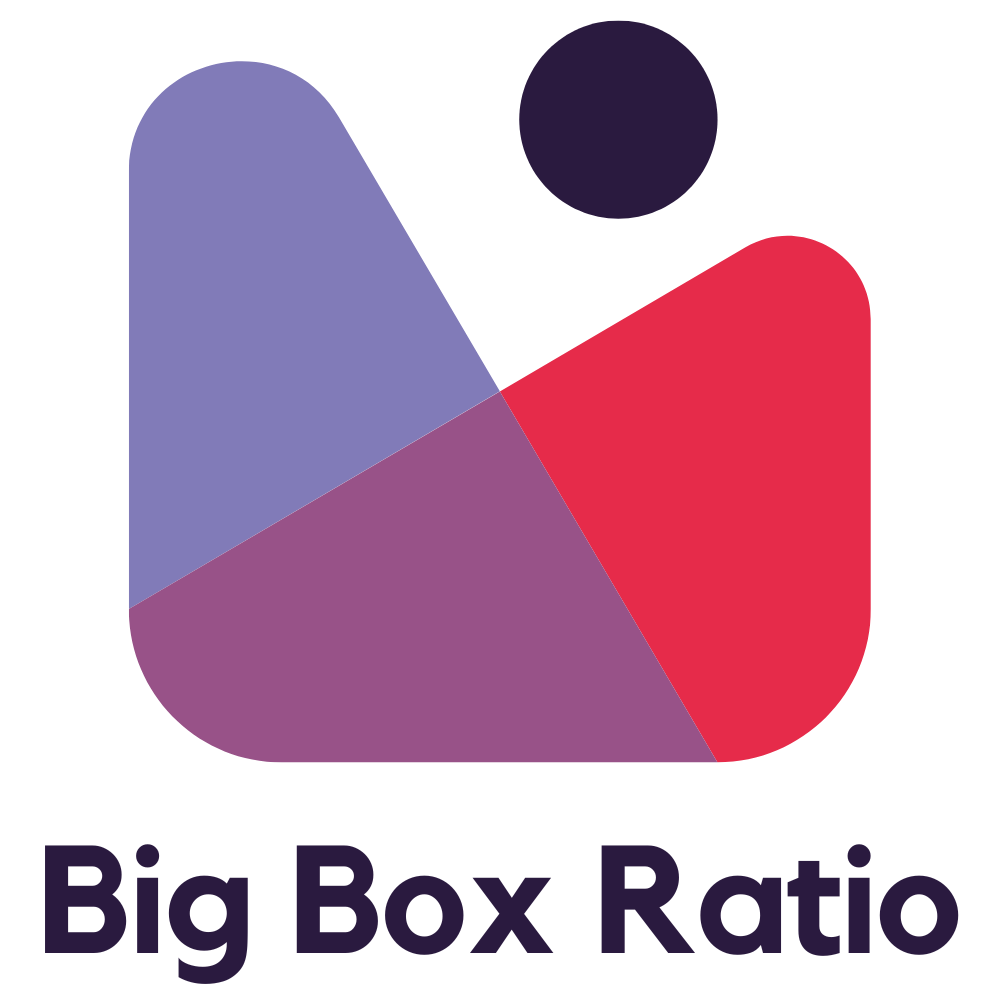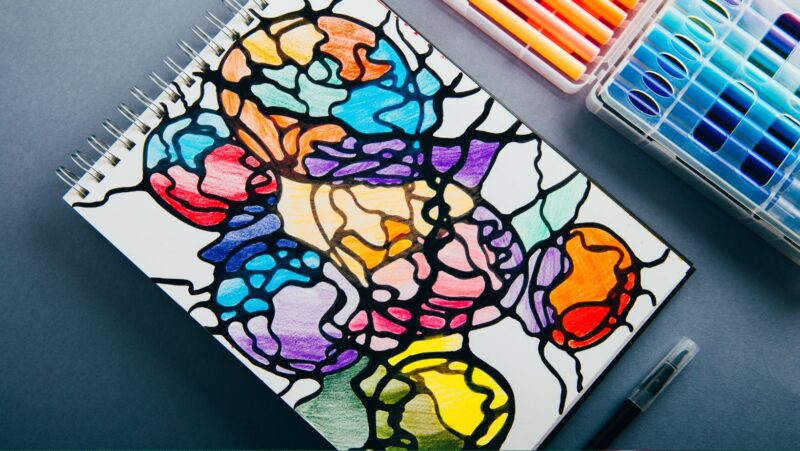Unlocking the mysteries of your environment can be as simple as understanding the principles of Feng Shui. This ancient Chinese practice, deeply rooted in harmony and balance, has been transforming spaces and lives for centuries. Whether you’re looking to revamp your home decor or seeking serenity and prosperity, Feng Shui could be your answer.
In the world of Feng Shui, every object and direction holds a unique energy or ‘Chi’ that can influence your life. But how does one harness this energy? What are the key principles that drive this art? This article will guide you through the fascinating journey of Feng Shui, unraveling its core principles, and showing how they can be applied in your everyday life. Get ready to embark on a path of balance, harmony, and positive energy.
Understanding the Basics of Feng Shui
Feng Shui principles stem from three key concepts: energy (Chi), time, and space. These concepts act as the underlying fabric of this ancient practice, promoting an environment that facilitates balance, harmony, and abundance.
Significant among these principles, Chi refers to the energy circulating in one’s environment and oneself. Feng Shui experts believe that any obstruction or mismanagement of Chi can lead to discord, exemplified through ill health or misfortune.
Space, worshipping one’s surroundings, plays an enormous role in Feng Shui. Practitioners use spatial arrangement techniques to enhance the positivity within residential or commercial spaces. For instance, placing a mirror strategically to reflect natural light into a room increases energy positivity, akin to that of the sun.
Time, in Feng Shui, pertains to the belief that different time periods bring varying energy changes. Experts often consult Chinese lunar calendars to optimize placements and rituals. For example, the Year of the Rat, according to this system, denotes new beginnings and renewal, prompting practitioners to refresh their spaces accordingly.
Closely linked to these principles is the concept of the Five Elements—Wood, Fire, Earth, Metal, and Water. Each resonates with a particular aspect of life, such as wealth or health. Utilizing these elements wisely in one’s décor serves as a means to attract specific energies. A wooden furniture piece, associated with growth and vitality, gets placed in a home office to promote innovation and productivity.

Further, Feng Shui emphasizes the importance of the Bagua, an eight-sided grid representing different life aspects. Each section of a home or room corresponds to a part of this Bagua, allowing targeted application of Feng Shui techniques.
These Feng Shui basics offer insightful knowledge on creating a harmonious environment with a balance of energies. While it’s comprehensive, absolute mastery takes practice and understanding of subtle complexities, as with any discipline.
Fundamental Elements of Feng Shui
The Five Elements embody a significant theory in Feng shui. This theory, intimately linked to nature, revolves around five core elements: Wood, Fire, Earth, Metal, and Water. Each exemplifies certain energy properties, influencing everything from colors, shapes, nourishment, to destructive cycles. For instance, green symbolizes Wood, a shape equivalent – rectangle.
Further, these elements don’t exist in isolation. Rather, their interplay stands critical, demonstrated by two key cycles: Productive Cycle and Destructive Cycle. In the Productive Cycle, each element supports the next. Consequently, Wood fuels Fire, Fire creates Earth, Earth bears Metal, Metal holds Water, and Water feeds Wood, illustrating a continuous loop of generation. Conversely, the Destructive Cycle signifies control, dispossession. Here, Wood exhausts Earth, Earth blocks Water, Water quenches Fire, Fire melts Metal, and Metal cuts Wood respectively.
Completing this triad of fundamentals is the Bagua grid. Acting as a blueprint, it serves in allocating energy areas within one’s space. Each of its eight sectors aligns with a distinct life area, like wealth, relationships, or career, and corresponds diligently to an element from the Five Elements theory. For example, the Fame sector, situated in the south, is stamped by the Fire element, denoted by red, the triangle. Applying Feng Shui involves transposing this grid onto one’s space, harmonizing arrangement and decor to foster positive Chi flow.
When utilized properly, these elements play an integral role, summoning beneficial energy, mitigating unfavorable energy, thus fostering an atmosphere of balance, peace, and prosperity. This delicate balance hinges upon a nuanced understanding of these principles and astute application of Feng Shui techniques, moving towards the ultimate goal of harmonious living. Thus, while the journey into the realm of Feng Shui may seem intricate, piercing its intricacies can lend profundity to one’s experience of space, transforming it into an oasis of calm, positivity, and abundance.

Applying Feng Shui Principles in your Home
Homeowners can harmonize their living space, taking in consideration the principles of Feng Shui elucidated in previous sections. Steps to applying these principles in your home are explained as below.
First, recognize and respect the Chi. It involves creating openings in their home to invite positive energy. Examples include keeping windows and doors clutter-free, clean, and well-lit. Room divisions can also obstruct energy flow. Hence, open-concept houses incorporate Feng Shui to a great extent.
Second, put into action the Five Elements theory. For instance, incorporate more wooden furniture in rooms to evoke a vibrant and growing energy. Similarly, use metal elements in living spaces to inspire efficiency and precision. Using earthy tones can bring about a sense of stability and balance, while water-related items have a calming effect.
Third, utilize the Bagua grid to map out energy areas in rooms, connecting them to different aspects of life such as wealth, health, relationships, and career. For instance, homeowners might place heirlooms or diplomas in the career area, symbolizing success. Similarly, putting family photos in the relationship sector strengthens bonds.
Fourth, use mirrors wisely. They believe mirrors reflect energy, so positioning them in certain areas can enhance Chi flow. For instance, placing a mirror at the entryway reflects away undesirable energies, inviting only good vibes into the home.
Lastly, ensure time and space components in synchronicity. The same object can have different energy effects at different times or locations. The They might move a vase from a corner to a table or change its position at different times in a day.
Remember, making these changes doesn’t guarantee instant results, but they can gradually enhance a sense of well-being and positivity in the home. On the other hand, ignoring these Feng Shui principles can possibly lead to a feeling of unease and discomfort.
Feng Shui Principles for Office Spaces
Maintaining the energy flow established in office spaces also benefits from Feng Shui principles. Prioritizing the Chi flow in workstation design, respecting the Five Elements theory in office decor, and leveraging the Bagua grid for space optimization can further enhance the work environment.
- Respect Chi Flow in Workstations Design: Contrary to blocking walkways, positioning furniture to facilitate a smooth, unobstructed flow of Chi is paramount. For example, placing the office desk diagonally across from the entrance door enables the occupant to have a commanding position, also known as the ‘Feng Shui power position’.
- Incorporate Five Elements Theory in Office Décor: Using the five elements—wood, fire, earth, metal, and water—in balanced proportions brings about a harmonious vibe. For instance, incorporating wooden desk for growth (wood), fire-representing artwork for inspiration (fire), and earth-toned carpet for stability (earth) cultivate a productive ambiance.
- Utilize Bagua Grid for Space Optimization: Applying Bagua to office layout delineates the energy areas in space, thus channeling the Chi appropriately. An example could be enhancing the southern area of the office (recognised as the ‘recognition fame’ area in Bagua framework) with fire element promotes visibility and reputation.
- Strategic Placement of Mirrors: Mirrors in the office, when rightly used, can effectively double the energy flow, further enhancing positivity. For instance, if there’s a beautiful view out of a window, placing a mirror to reflect the view inside the room amplifies the outdoor energy, effectively bringing ‘nature’s Chi’ into the office.
Additional to these principles, aligning time elements such as work schedules in synchronization with spatial factors impacts the overall energy positively in office space. The ultimate goal, whether it’s an office or home, remains the same: harness the chi’s power to create a harmonious environment promoting well-being and productivity.
Misconceptions and Myths about Feng Shui
Despite the well-understood Feng Shui principles, misconceptions and myths persist. One widespread myth is that Feng Shui is synonymous with decluttering. This belief greatly oversimplifies Feng Shui. They are two distinct practices— decluttering focuses on removing excess material items, while Feng Shui connects the human experience to the surrounding environment using a curated arrangement of objects.
Another common misconception pertains to Feng Shui making individuals wealthy or prosperous. The practice doesn’t guarantee fortune, rather, it aids in achieving a balanced life. Prosperity doesn’t always equate to material wealth— it may refer to rich relationships, health, or satisfaction.
Next, critics mistakenly view Feng Shui as superstition. In reality, it’s an ancient oriental philosophy based on the understanding of spatial relationships and their effects on life. It’s a tool for enhancing the positive energy in an environment, not a set of magical spells.
Confusion also arises around the concept of ‘Chi.’ Some misinterpret it as ‘spirit’ or ‘ghost.’ Rather, ‘Chi’ refers to the vital energy that permeates everything around us. It’s not connected to any spiritual or supernatural entities.
There’s a misbelief that strategically placing a mirror attracts wealth. Mirrors in Feng Shui primarily amplify, reflect, or redirect ‘Chi’ and are not direct symbols of wealth.
Lastly, the idea that only oriental design items channel Feng Shui energy is incorrect. Incorporating any item that resonates with the individual, adheres to the five elements theory, or fits the Bagua grid, can be considered Feng Shui.
Ultimately, dispelling these misconceptions and myths is essential for appreciating and correctly employing Feng Shui principles. It’s a practice aimed at fostering harmony and balance, promoting overall well-being, and enhancing positive energy in both personal and professional environments.
Feng Shui isn’t about quick fixes or magic solutions. It’s an age-old philosophy that seeks balance and harmony in our surroundings. It’s not just about decluttering or guaranteeing wealth. It’s about understanding the flow of Chi, the Five Elements theory, and using the Bagua grid effectively. It’s about dispelling myths and embracing the truth behind mirrors and personal items in Feng Shui. It’s about creating spaces that resonate with us and foster positivity. When misunderstood concepts are clarified, Feng Shui’s true essence comes to light. It’s more than an oriental practice; it’s a way of life that can enhance well-being in both personal and professional spaces. So, let’s embrace Feng Shui with a clear understanding, and let it guide us towards balance, harmony, and positive energy.





